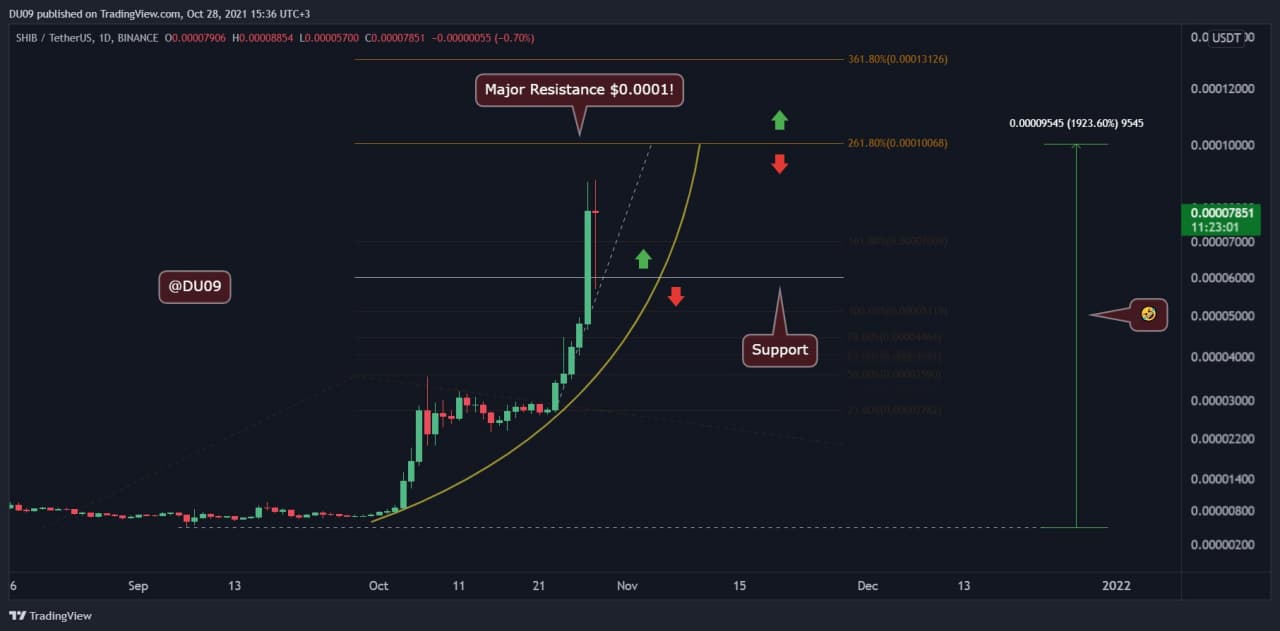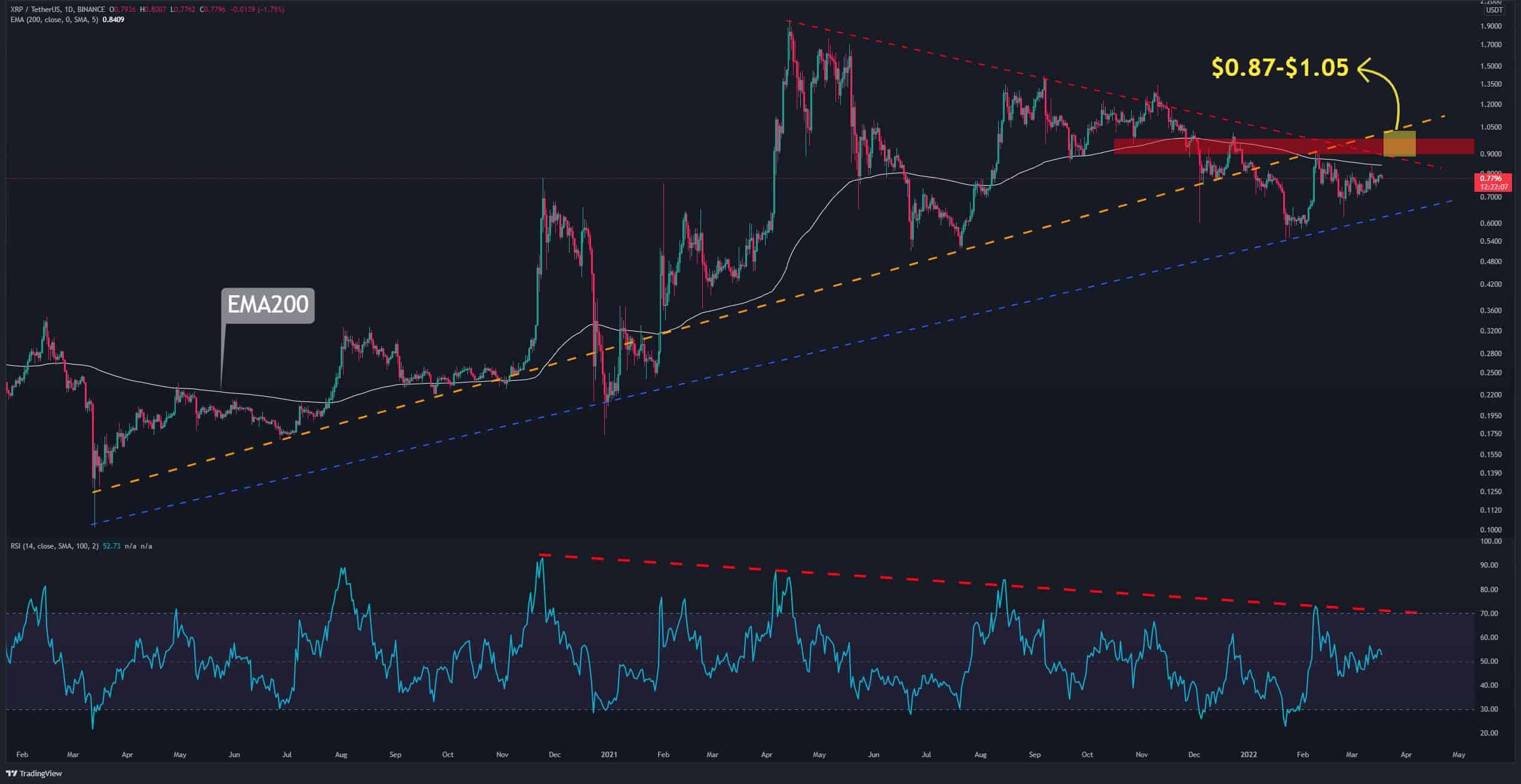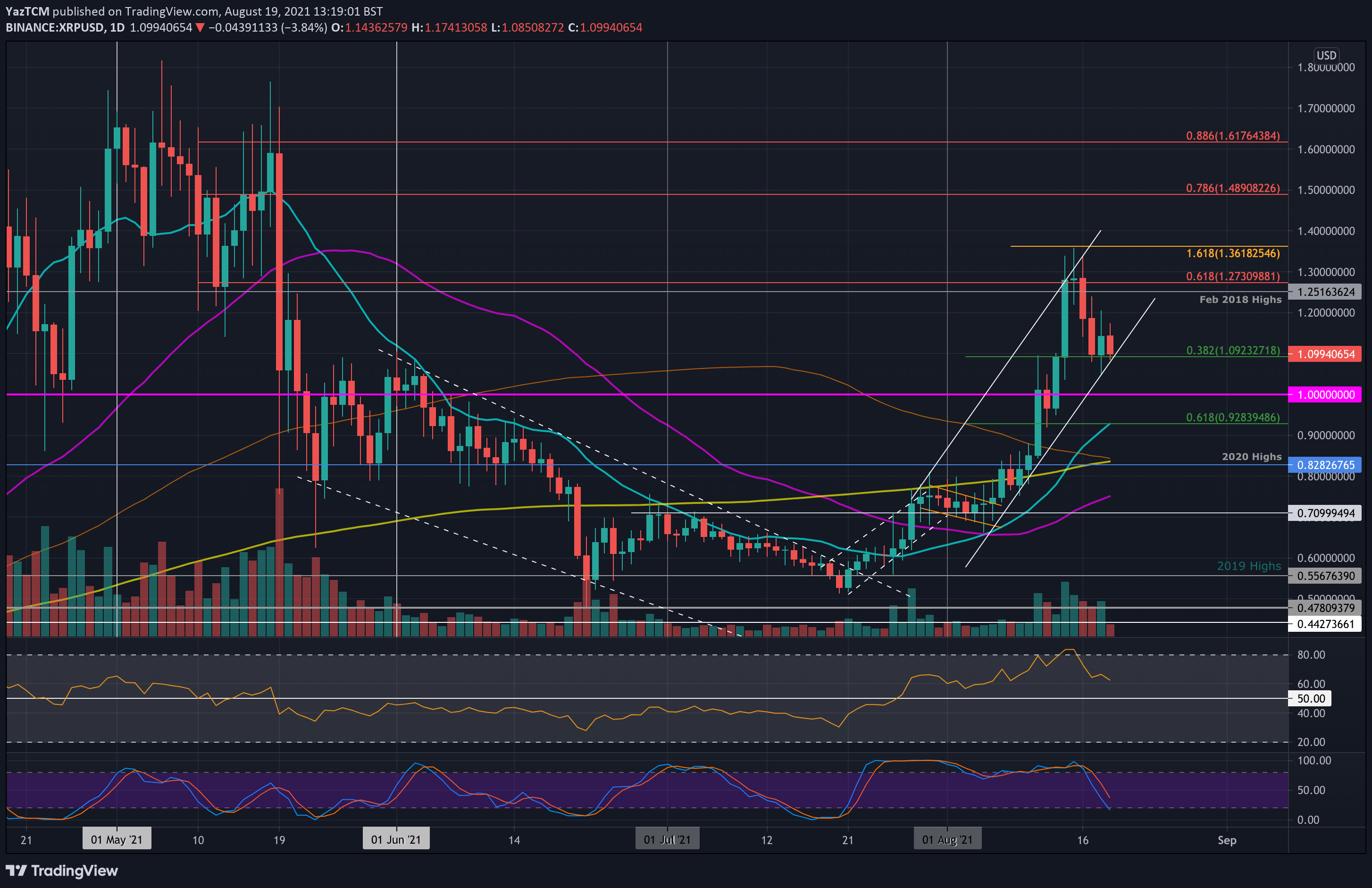Successful Testnet Result Means It’s A Green Light For aelf’s Mainnet
Earlier this month, aelf revealed the results of their testnet v1.0. Their platform achieved 14,968 transactions per second, which is a very impressive figure indeed.
It shows that the project is working well in its goal to build a blockchain that can handle much higher volumes of transactions than others. It confirms that the ideas behind the technology are sound, and promises great things for the future.
COO and co-founder of aelf Zhuling Chen said, “We have hit 15,000 TPS, and this is just the beginning. Imagine where we will be in 6 or 12 months’ time!”
aelf is aiming to tackle an important problem in the blockchain universe — the issue of scalability. Right now, blockchain is being held back from a number of real-world use cases because of its inability to handle large volumes of transactions.
When applying the technology on a commercial level with big businesses, it might become overwhelmed and fail. For example, Bitcoin can only handle 7 transactions per second at the current time. It’s not enough.
aelf use an innovative system to tackle the scalability problem. They realized that a crucial aspect of blockchain is the nodes that make up the network. In fact, blockchain wouldn’t exist at all without the nodes which hash and verify transactions, create blocks, and store the ledger of information.
The network depends on the speed and power of these nodes, so it makes sense to focus on making nodes as efficient as they can be.
aelf do this by sharing one node between multiple computers, boosting the power that each one has. These computers can also run in parallel, allowing them to process multiple transactions at the same time and verify several at once.
This ramps up scalability, allowing the aelf blockchain to handle the lofty number of transactions it did in the testnet.
In addition to this, aelf also split the data storage component of nodes from the computational processing component. Nodes are split into two clusters which each focus on one of the above tasks. So storage and computing demands are shared between several computers instead of just one.
So far, it’s working well. aelf intend to launch their mainnet in Q1 2019, and it’s definitely something to watch.
The CEO of AlphaBit Fund, one of aelf’s investors, is Liam Robertson, and he’s exciting about the project’s potential. He said, “The market needs such a solution if crypto is ever to become more than a market for speculating on the value of early stage disruptive tech projects. Aelf solves for these debilitating constraints with their cross-chain protocol.”
Blockchain holds a huge amount of promise if it can be applied successfully to the wider world of business and infrastructure. One of the most important issues to resolve before we reach that point is that of scalability and ensuring that blockchain can handle high levels of demand. With aelf’s results, the industry could be one step closer to achieving that.
The post Successful Testnet Result Means It’s A Green Light For aelf’s Mainnet appeared first on CryptoPotato.









